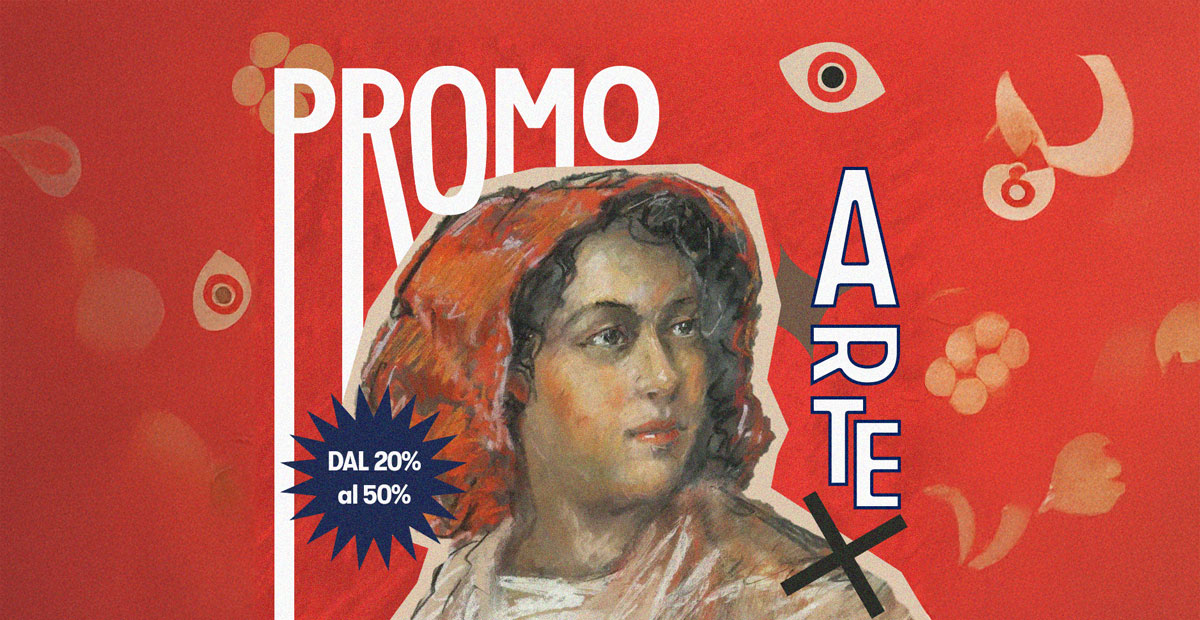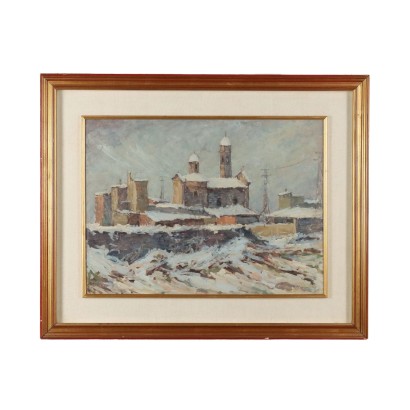ARARCO0153493
R. Bianco Mixed Technique on Plywood Italy XX Century
Tableau doré
Mixed technique on plywood (painting and silver paper sheets). On the back, authentic with stamp and signature of the artist's sister. The work belongs to the series of Tableaux dorés, works created by the Milanese artist Remo Bianco starting from the 1950s. Born and educated in Milan, Remo Bianco was a pupil of De Pisis, in whose studio he frequented the great Italian artists of the twentieth century (Carrà, Sironi, Savinio, Soffici, Soldati, Marini, Cantatore). After the interlude of the war (enlisted, sank with his ship and was taken prisoner in Tunis), he resumed his artistic activity in Milan, participating in the Nuclear Movement and Spatialism, coming to completely detach himself from figurative painting to create works made of brushstrokes mashed potato. At the beginning of the fifties he began to create works, pictorial and sculptural, with different materials and to experiment with different themes and techniques; to this production belong the Tableaux dorés, composed of silvered or gilded aluminum foils on painted bases. The work is presented in a frame.




















